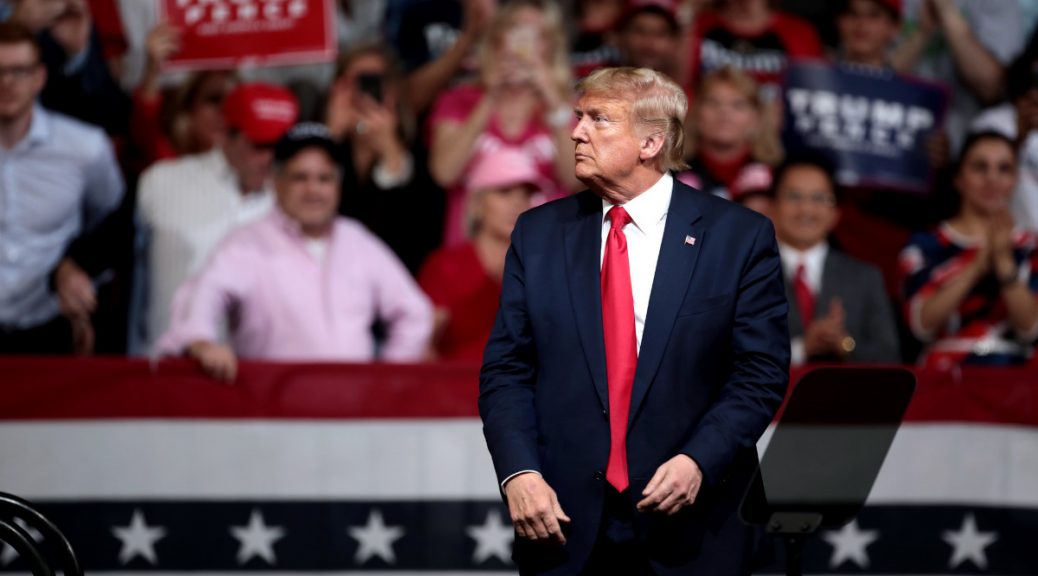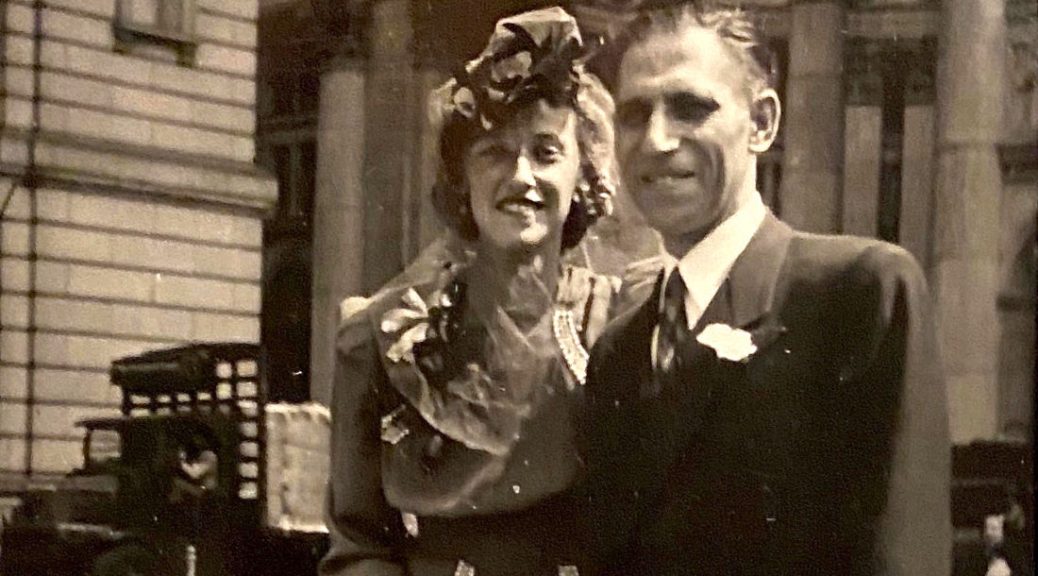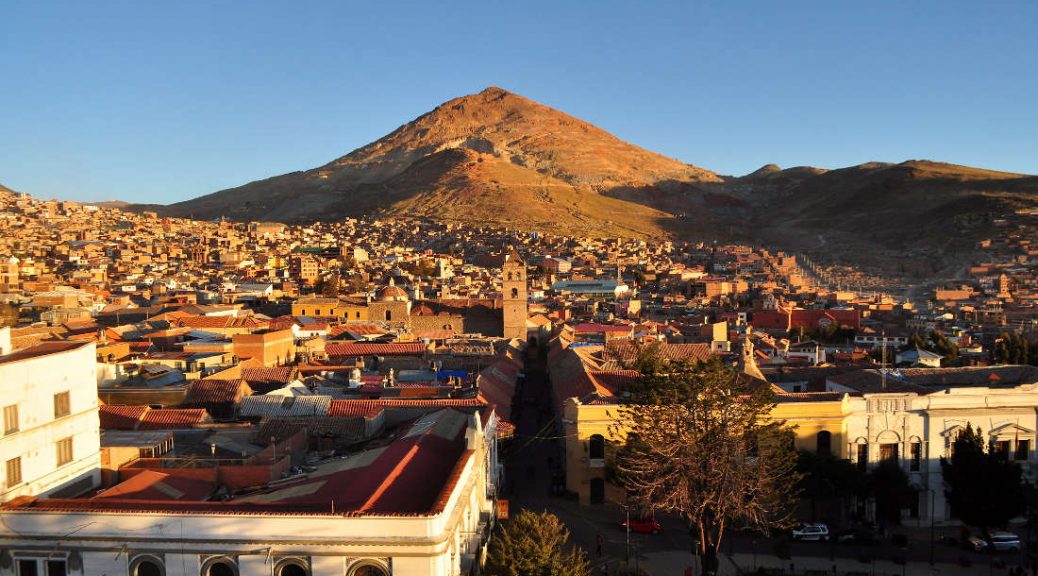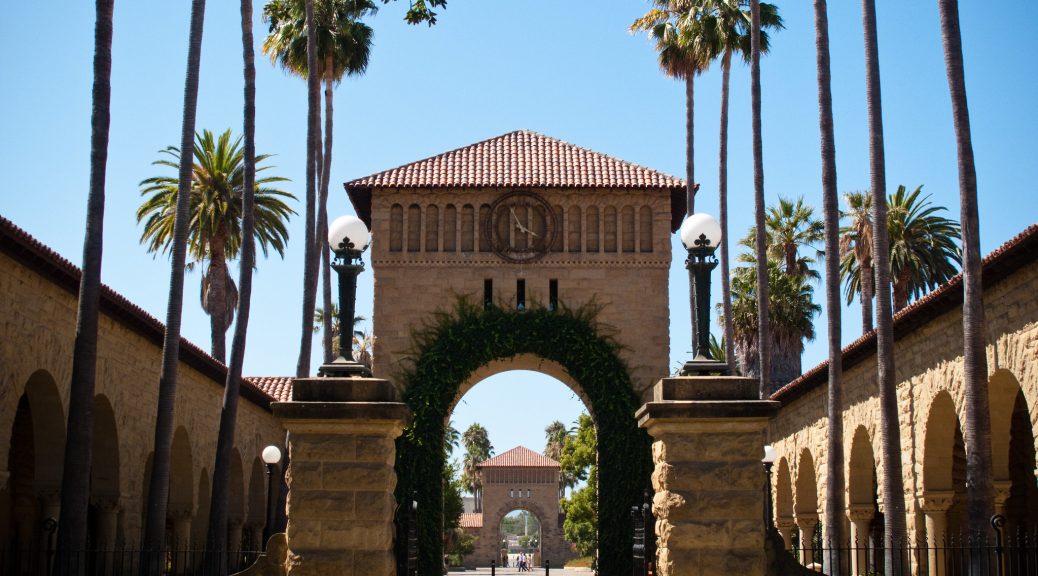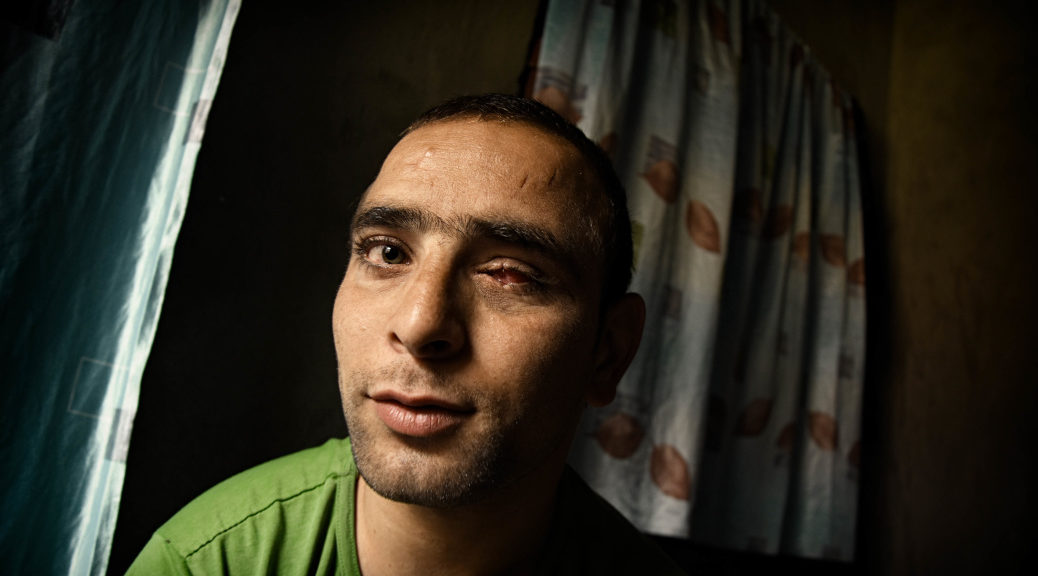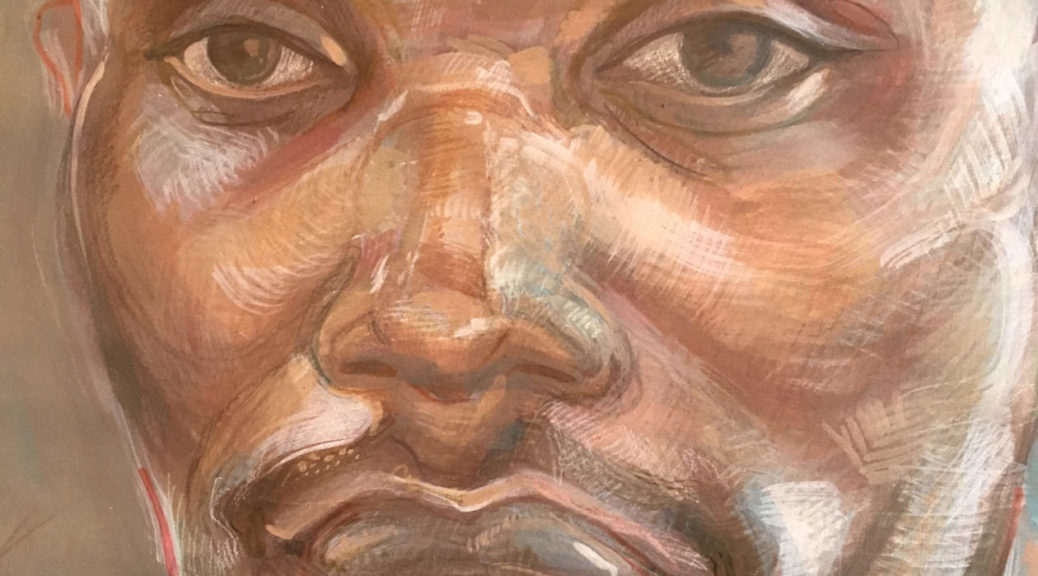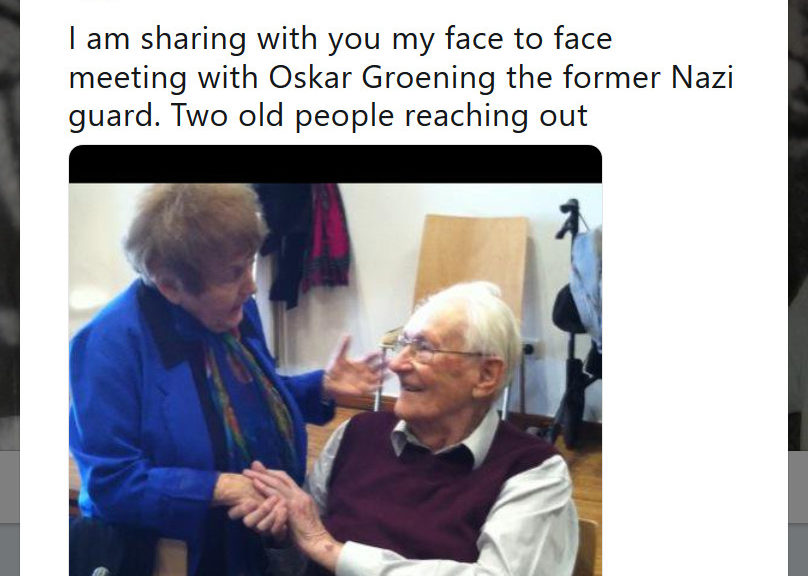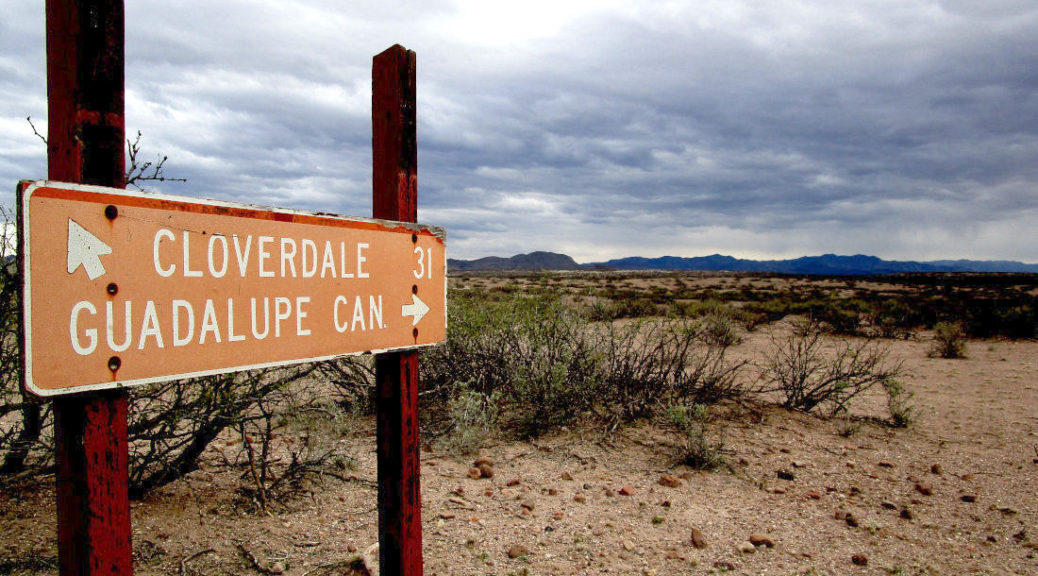Last March, I was working in Montana as a ski instructor at the Big Sky Resort. When the pandemic reached the United States and stores started shutting down, I remember meeting up with friends for a potluck dinner. We drank Coronas and joked about the toilet paper shortage.
Three days later, the resort closed—an unprecedented six weeks early—and we were all out of jobs. My friends and I threw an impromptu end-of-season party at the local dive bar. There was an edge to that evening, though. It seemed that no one could sit still or hold a calm conversation.
A week after the resort closed, my boyfriend, who lived in Tennessee, called. There were rumors that states were going to shut their borders to keep the virus from spreading. “I don’t want you to be stuck in Montana away from me,” he said.
“What do you think I should do?” I asked.
“I want to come get you and move you back to Tennessee with me.”
I had intended to move in with my boyfriend after the ski season ended, but this would be two months earlier than planned. With some hesitation, I agreed. I didn’t want to leave my friends in Montana, but I didn’t want to have to deal with a pandemic on my own, either.
Once we got back to Tennessee, though, our plans began to unravel. That summer I was supposed to return to my seasonal job as a whitewater kayak instructor on the Ocoee River, but the state lockdown shut down that possibility. Instead, I sat by myself on the couch, day-drinking and watching Netflix. My boyfriend worked alone from morning till dark on various projects around his unfinished house.
At a certain point, I found myself surrounded by beer cans, watching American Hoggers, and realizing that I needed to get off the couch and out of my boyfriend’s house. When a friend called and said their mom needed help at the family store, I jumped at the opportunity—not thinking much about the fact that the “family store” was a head shop, a place that sells paraphernalia for using drugs. I’d worked as a line cook in plenty of restaurants and as a guide at rafting companies, I told myself. What could be so different about working at a head shop?
Continue reading Gateway DrugLynn Barlow Lynn Barlow is a writer based in Asheville, North Carolina. When she’s not writing, she can be found skiing, whitewater kayaking, or playing fetch with her dog Urza. Instagram: @biggitygnar
- Follow us on Twitter: @inthefray
- Comment on stories or like us on Facebook
- Subscribe to our free email newsletter
- Send us your writing, photography, or artwork
- Republish our Creative Commons-licensed content


